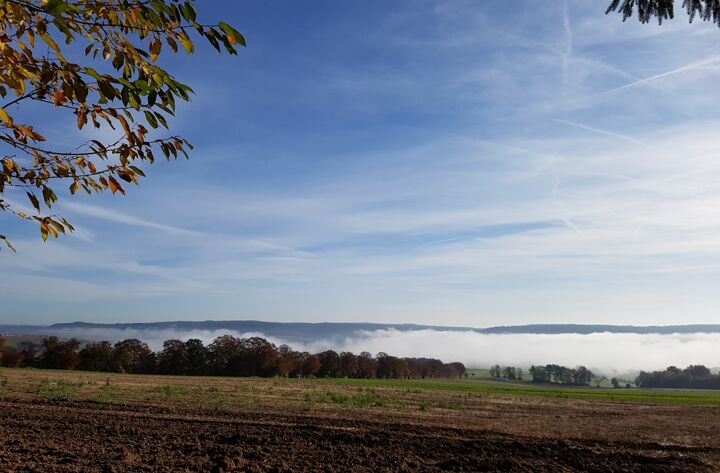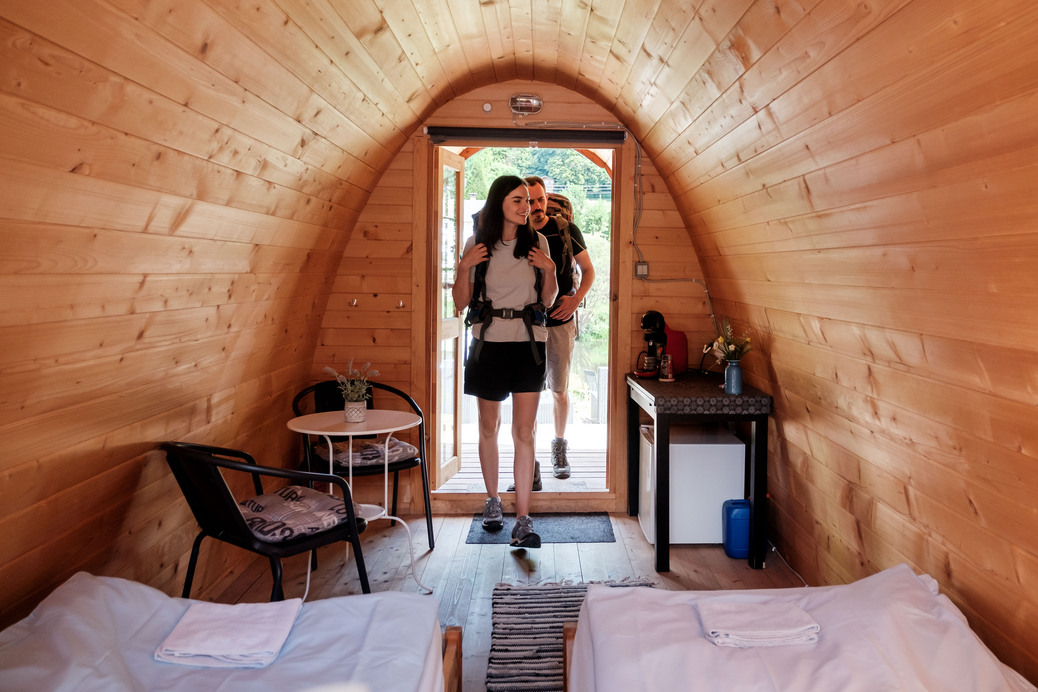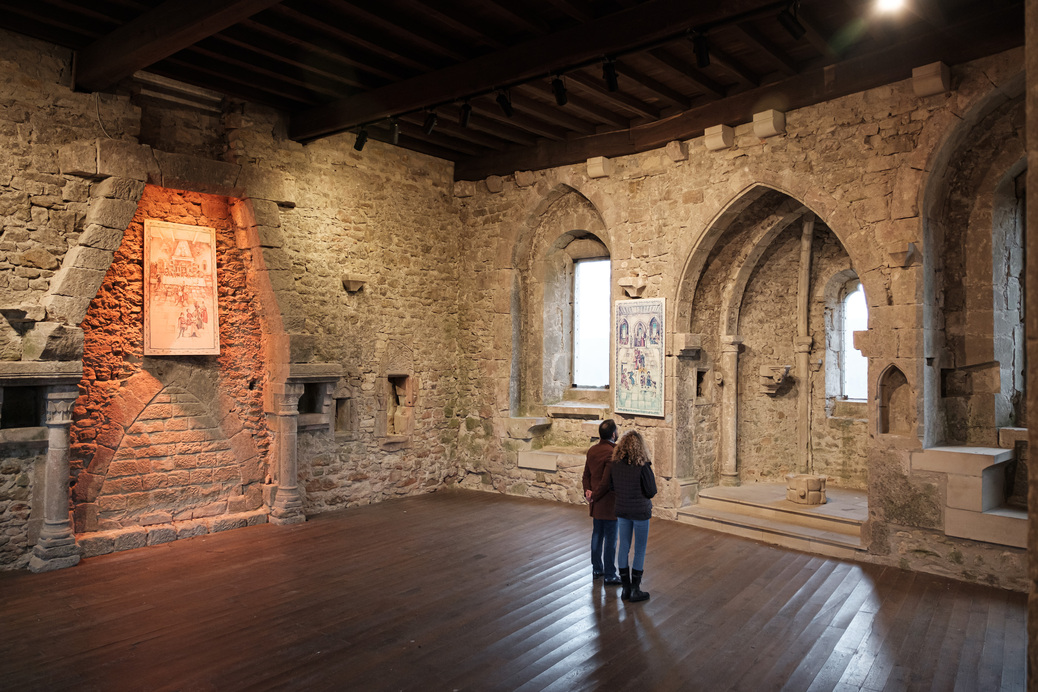
Remembrance Walk
Remembrance Walk
This cross-border historical circular walk explains the war events that took place in this part of the region between 1944 and 1945 on 17 information boards.
Welcome to the historical circular walk on the Hoesdorf plateau and part of the Westwall in Wallendorf. This tour (Bettendorf - Reisdorf - Hoesdorf - Wallendorf (D)) explains the dramatic events that took place in this area during the period from late 1944 to 1945. What is now a small, peaceful and pleasant landscape was once a hard-won place with an indescribable amount of human suffering.
The walk starts in Reisdorf, from where there is an access road to the trek. It is also possible to start in Bettendorf. There is also an access route to the tour. There are several ways to shorten the trail. These are marked on site.
Location
6 route de la Sûre Reisdorf
Contact
B.P. 152 | L-6402 Echternach
Tel. +352 72 04 57 1 | Fax. +352 72 75 24
E-mail : info@mullerthal.lu
Details
Departure : 6 route de la Sûre Reisdorf
Arrival : 6 route de la Sûre Reisdorf
Parking : Closest parking lot: Rue Kleingreisduerf (50 m)
Distance : 20,5 km
Altitude : 409 m
Time : 05h40
Difficulty :
Itinerary
Historical circuit Bettendorf - Reisdorf – Hoesdorf – Wallendorf (D)
The small village of Wallendorf (on the right wing) located across the Luxembourg-German border on the confluence point of the Sûre (Sauer) and Our rivers made the headlines in the wire services and the press, when shortly after the first U.S. troops had reached the borders of the “Third Reich”on September 11, 1944, strong elements of CCR (Combat Command R) of the 5th U.S. Armoured Division supported by subunits of the 112th Infantry Regiment (28th U.S. Infantry Division), pierced the “Siegfried”line and pushed in direction of Bitburg (Germany) capturing a number of villages as of September 14, 1944. This “high impact”action, initially crowned by success, met considerable enemy resistance around September 20 and had to be abandoned around the end of the month because lack of flanking protection and sufficient logistical support.
In early October 1944 units of the 8th Infantry Division took over the former positions of the 5th U.S. Armoured Division, and established a number of observations and listening posts on the high ground of the “Hoesdorf Plateau”facing the wellcamouflaged German “Westwall”(Siegfried line) fortifications across the Our river. Around Thanksgiving Day (late November 1944), elements of the 109th Infantry Regiment (28th U.S. Infantry Division) after having suffered sizeable losses in the preceding “Huertgen”forest battle near Aachen, Germany, relieved the units of the 8th U.S. Infantry Division in the same sector and unfolded extensive reconnaissance and patrolling activity. From there on, the thinly-spread U.S. defensive line of the entire 28th U.S. Infantry Division stretched from the Sauer / Our river confluence point at Wallendorf to the Ouren/Burg Reuland sector, some 35 kilometres north, following the flow (in opposite direction) of the Our river. The 109th Infantry Regiment claimed responsibility of the greater Hoesdorf - Bettendorf - Longsdorf plateau with Wallendorf and Vianden / Stolzembourg as its sector limits.
When in the early morning hours of December 16, 1944, strong German combat elements of the 352nd“Volksgrenadier” and 5th Paratroop Divisions crossed the Our river after a terrific 30-minute artillery barrage to attack the U.S. defence line, the prementioned sector became the site of deadly (often close combat) fighting with heavy losses on both sides. Making good use of the steep incline of the Our river valley, the outnumbered Americans were able to slow down the German advance until December 18 – 19, 1944, when after days of exhausting fighting, they were ordered to new defensive positions southwest of Diekirch and Ettelbruck. Although the enemy’s advance on the southern shoulder of the “Bulge”was stopped around Christmas, the German units kept control of the Hoesdorf - Bettendorf - Longsdorf plateau until the end of January 1945, when elements of General Patton’s Third Army (primarily the 4th and 5th U.S. Infantry Division) pushed them back to the initial December 16, 1944, jump-off line on the “Westwall”. In early February 1945, units of the 80th U.S. Infantry Division crossed the Our river from the Hoesdorf plateau angle, piercing the “Siegfried” line marking the beginning of the “Invasion of Germany” campaign.













